Best Practices for Executive Candidate Assessment: Finding the Right Fit for Your Organization
- AESC
- Mar 24
- 3 min read

In today’s fast-paced business environment, the effectiveness of an organization often hinges on the quality of its leadership. Selecting the right executive candidates is not merely about filling a vacancy; it’s about identifying individuals who can champion the company’s vision, enhance its culture, and drive performance. To ensure you make informed hiring decisions, it’s essential to adopt effective assessment practices. Here are some best practices for executive candidate assessment that can help you pinpoint the right leaders for your organization.
1. Define Clear Competencies
Before diving into the assessment process, it’s vital to outline the competencies that are essential for the role. What specific skills, experiences, and attributes are necessary for success? Consider both technical expertise and soft skills, such as emotional intelligence, adaptability, and strategic thinking. By establishing a clear set of criteria, you can create a focused assessment process that aligns with your organization’s goals and values.
2. Utilize a Multi-Method Approach
Relying on a single assessment method can lead to biased or incomplete evaluations. Instead, adopt a multi-method approach that includes a combination of interviews, psychometric tests, and situational judgment exercises. This diverse range of assessment tools allows you to gain a comprehensive understanding of a candidate’s capabilities, personality, and potential fit within your organization.
3. Involve Multiple Stakeholders
Involving various stakeholders in the assessment process can provide a well-rounded perspective on each candidate. Form a panel that includes members from different departments, such as HR, finance, and operations. This collaborative approach not only enriches the evaluation process but also fosters a sense of ownership among team members regarding the final hiring decision.
4. Assess Cultural Fit
Cultural fit is often as crucial as skills and experience when it comes to executive roles. A candidate may have an impressive resume, but if their values and work style don’t align with your organization’s culture, they may struggle to thrive. Incorporate questions and scenarios that reveal how candidates have navigated cultural challenges in the past, and assess their alignment with your company’s mission and values.
5. Conduct Behavioral Interviews
Behavioral interviews are a powerful tool for assessing how candidates have handled situations in the past. By asking questions that require candidates to provide specific examples of their experiences, you can gain insights into their decision-making processes, leadership styles, and problem-solving abilities. This method not only helps predict future behavior but also allows candidates to showcase their strengths in real-world contexts.
6. Leverage Technology
Incorporating technology into your assessment process can streamline evaluations and enhance accuracy. Utilize applicant tracking systems (ATS) to manage candidate information and assessments efficiently. Additionally, video interviews and AI-driven assessment tools can provide valuable insights while saving time and resources.
7. Provide Constructive Feedback
Regardless of the outcome, providing feedback to candidates can enhance their experience and reflect positively on your organization. Constructive feedback helps candidates understand their strengths and areas for improvement, fostering goodwill and potentially turning them into advocates for your brand, even if they aren’t selected.

Conclusion
In the pursuit of exceptional leadership, the assessment of executive candidates is a critical step that should not be taken lightly. By implementing these best practices, you can enhance your ability to identify and select leaders who will drive your organization forward. At Allied Executive Search Consultants, we understand the importance of finding the right fit for your company’s unique culture and goals. Let us partner with you to navigate the complexities of executive candidate assessment and secure the leadership talent that will propel your organization to new heights.


Comments